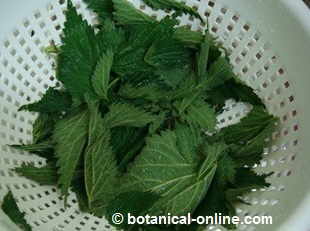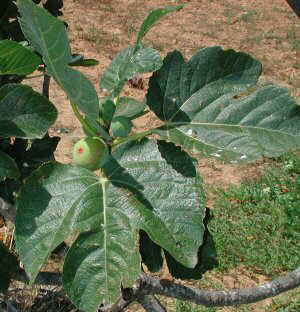Contents
Making kefir
How to make kefir
Ingredients for making kefir
- A container that can be hermetically sealed.
- Kefir strains (a fragment of live kefir). The usual proportions, although they may vary according to consumer preferences, are generally 2 tablespoons of microorganism strains per half liter of milk, preferably fresh rather than treated at high temperatures.
Preparation of kefir
 Place the milk and strains in the container
Place the milk and strains in the container- Seal tightly to avoid cross-contamination, taking into account that an empty space should be left so that the release of gas from the fermentation reaction does not cause complications.
If the container is not hermetically sealed, gas production will not cause any inconvenience, although there will be a greater chance of external contamination, in which case we must take extreme hygiene measures to minimize these probabilities.
- Once mixed, it will be placed in the container and left to rest for at least one day.
If a final product with a more intense flavor is desired, the amounts of strain added to the milk can be increased or it can be kept in fermentation for a longer time.
- Once the fermentation and resting process is complete, the liquid is strained and separated from the kefir strains.
- Subsequently, more milk should be added to allow the strains to continue growing, thus obtaining a greater quantity of product.
How to eat kefir
This food has many possible gastronomic applications. It can be added to everything from vegetable creams, soups, or sauces, to desserts. It can be added to everything from chocolate shavings, nuts, fruit, or honey to any ingredient the consumer desires.
Other considerations when making kefir
Making kefir is relatively easy, although it’s unstable and inconsistent. The reproduction of the kefir grains isn’t always exactly the same. Fermentation may occur earlier or later than expected, or it may not occur at all due to a lack of the necessary environmental conditions for proper reproduction.
These variations are due to various factors, that include the condition of the received strains, the ambient temperature in which the container is kept, and the type of milk used. Furthermore, there is also a risk of contamination if basic hygiene standards are not maintained.
Since the reproduction of the microorganism strains is constant, it is necessary to donate some of them from time to time, thus increasing their consumption and production continuously and preventing the product from developing too strong flavor by greatly increasing its acidity and possibly becoming unpleasant to consume.
There are different ways to distribute surplus strains. They are usually provided in their natural state, that is, by placing some of the strains in a hermetically sealed container, but they can also be dried or even frozen.
What is kefir cheese?
It only requires a further process, which consists of being deposited, wrapped and drained in a cloth, after a day and a half of resting at room temperature we obtain a creamy kefir cheese.
![]() More information on kefir
More information on kefir

 Place the milk and strains in the container
Place the milk and strains in the container






